
OR
Israel begins to demolish homes on Jerusalem outskirts, stoking Palestinian fears
Published On: July 22, 2019 11:05 AM NPT By: Reuters
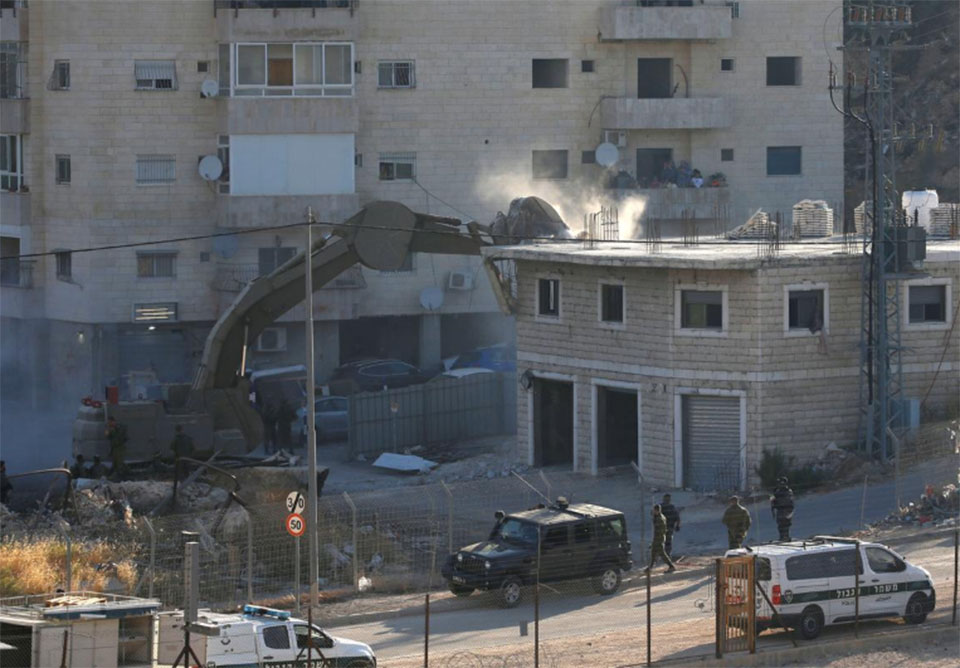
SUR BAHER, July 22: Israeli forces began demolishing buildings near a military barrier on the outskirts of Jerusalem on Monday, in the face of Palestinian protests and international criticism.
Bulldozers accompanied by hundreds of Israeli soldiers and police moved in to Sur Baher, a Palestinian village on the edge of East Jerusalem in an area that Israel captured and occupied in the 1967 Middle East War.
Palestinians fear that the razing of homes and buildings near the fence will set a precedent for other towns along the route of the barrier, which runs for hundreds of kilometers around and through the Israeli-occupied West Bank.
The demolition is the latest round of protracted wrangling over the future of Jerusalem, home to more than 500,000 Israelis and 300,000 Palestinians, and sites sacred to Judaism, Islam and Christianity.
Israeli forces cut through a wire section of the barrier in Sur Baher under cover of darkness early on Monday, and began clearing residents from the area.
Floodlights lit up the area as dozens of vehicles brought helmeted security forces into the village.
After first light, mechanical diggers began destroying a two-storey house as soldiers moved through several floors of a partly constructed multi-storey building nearby.
“Since 2 a.m. they have been evacuating people from their homes by force and they have started planting explosives in the homes they want to destroy,” said Hamada Hamada, a community leader in Sur Baher.
The work was filmed and photographed by Palestinian, Israeli and international activists who had mobilized to try and stop the demolition.
Israel’s Supreme Court ruled in June that the structures violated a construction ban. The deadline for residents to remove the affected buildings, or parts of them, expired on Friday.
Some Sur Baher residents said they would be made homeless. Owners said they had obtained permission to build from the Palestinian Authority, which exercises limited self-rule in the Israeli-occupied West Bank.
DEMOLITION PREPARATIONS
The sprawling village of Sur Baher straddles the line between East Jerusalem and the West Bank.
Its political geography is complicated by the fact that parts of it lie outside the municipal boundaries of Israeli-occupied East Jerusalem but on the Israeli side of the barrier, cutting it off from the rest of the West Bank.
Palestinian officials say some of the threatened structures lie within areas that they should control. The Palestine Liberation Organization issued a statement accusing the Israeli court of aiming “to set a precedent to enable the Israeli occupying forces to demolish numerous Palestinian buildings located in close proximity” to the barrier.
Jamie McGoldrick, the United Nations humanitarian coordinator, and other U.N. officials called on the Israeli authorities last week to halt the demolition plans. They said 17 Palestinians faced displacement from the plans to level 10 buildings, including dozens of apartments.
The European Union issued a statement saying: “The continuation of this policy undermines the viability of the two-state solution and the prospect for a lasting peace.”
However, the Israeli Supreme Court’s 3-judge panel ruled unanimously in favor of demolition. “The petitioners took the law into their own hands when they began and continued building structures without receiving a special permit from the military commander,” it said.
The court said construction close to the barrier could provide cover for attackers.
The Israeli military had no immediate comment on Monday, but a statement last week by Israel’s military-run civil administration in the West Bank said enforcement would be pursuant to “operational considerations” and “state policy.”
In some built-up areas the barrier is a high concrete wall, but in Sur Baher and much of the West Bank it consists of two wire fences separated by a military patrol road and protected by watchtowers and electronic sensors.
Israel credits the obstacle - projected to be 720 km (450 miles) long when complete — with stemming Palestinian suicide bombings and shooting attacks. Palestinians call it a land grab designed to annex parts of the West Bank, including Israeli settlements.
The International Court of Justice in The Hague issued an advisory opinion in 2004 that building the barrier on occupied territory was “contrary to international law.”
Israel dismissed the non-binding decision as politically motivated and says the barrier played a key role in drastically reducing the number of attacks, which peaked in 2002 and 2003 during the Second Palestinian uprising known as the Al-Aqsa Intifada.
You May Like This
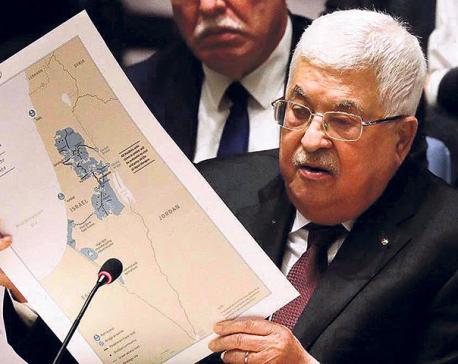
Paradigm Shift on Palestine
TEL AVIV – Nobody should be surprised that US President Donald Trump’s Middle East peace proposal is heavily tilted toward... Read More...
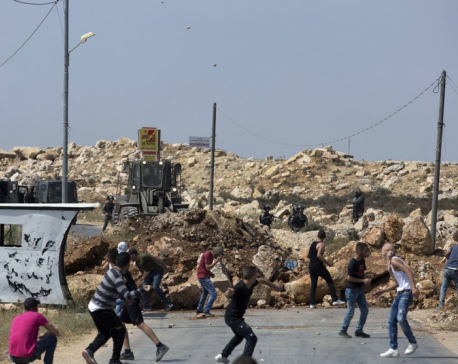
Israel installs new security cameras at Jerusalem holy site
JERUSALEM, July 23: Israel installed new security cameras Sunday at the entrance to a sensitive Jerusalem holy site, as officials began... Read More...

Israel bans access for non-Muslims to Jerusalem holy site
JERUSALEM, June 28: Israeli police on Tuesday banned non-Muslims from a contentious Jerusalem holy site until the end of the Muslim... Read More...


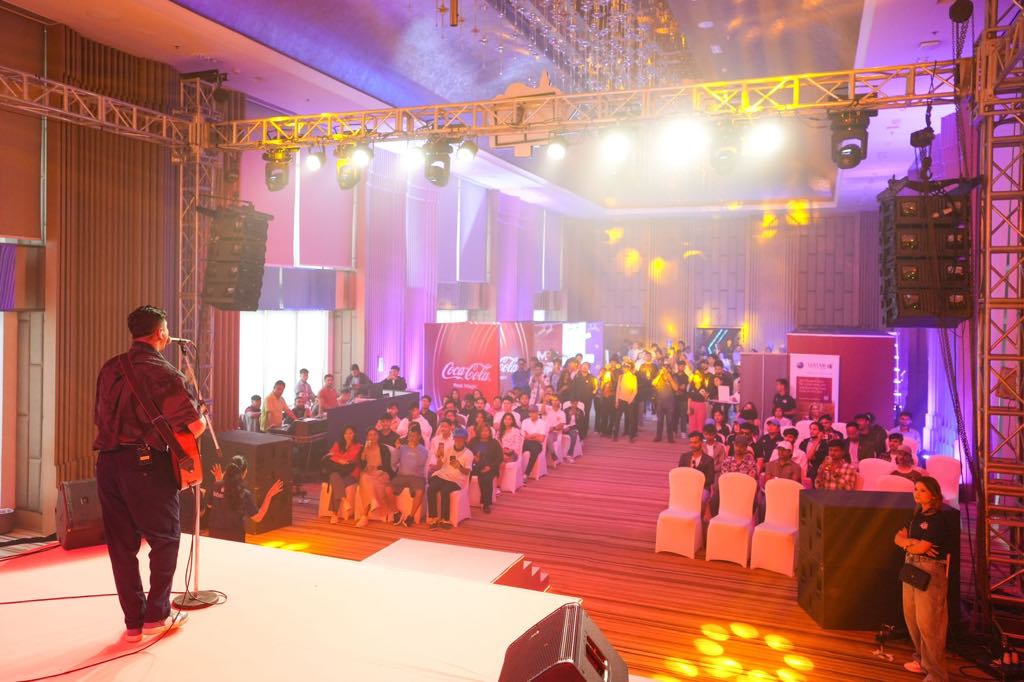




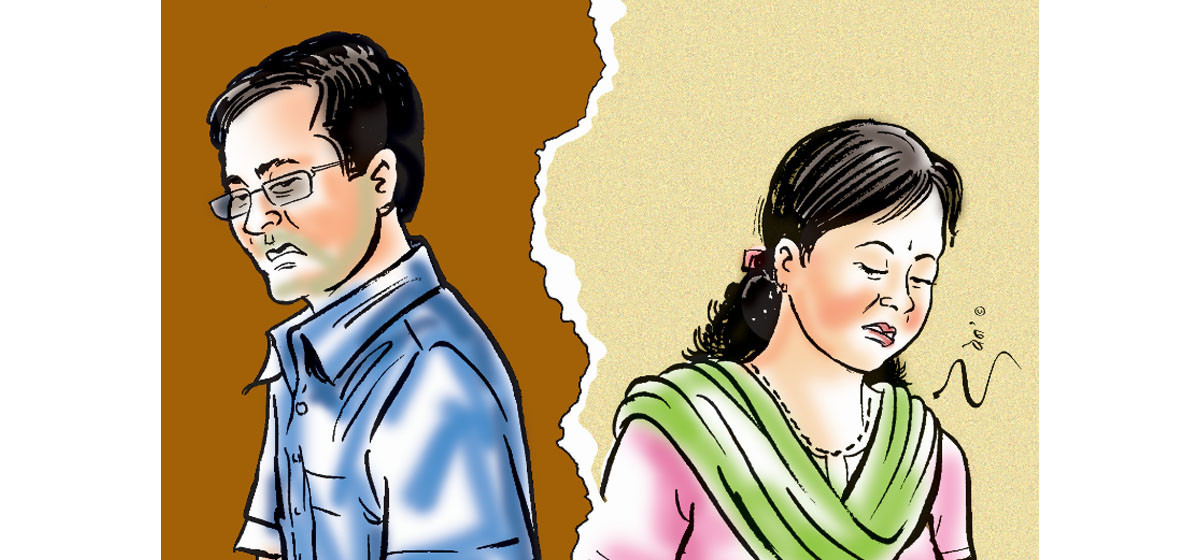
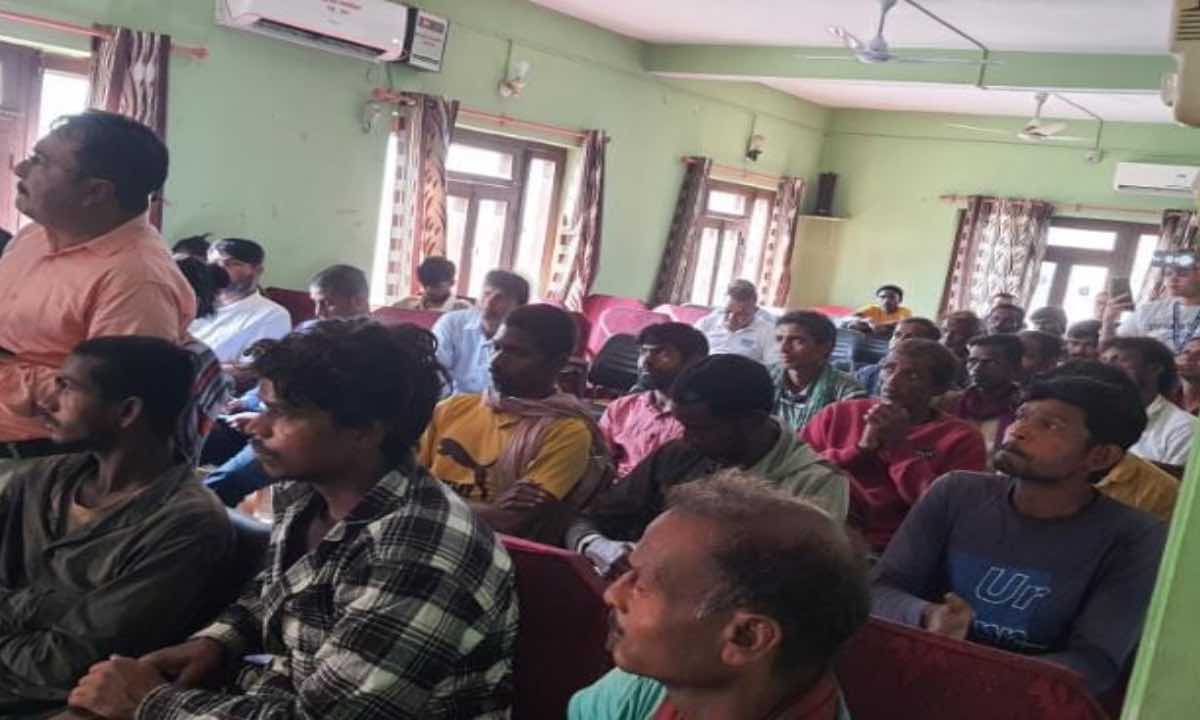
Just In
- Two children found infected with measles in Shuklaphanta
- Four NC ministers take oath of office and secrecy
- Dr Ruit and Journalist Chandra Kishore feted
- Kathmandu records highest number of divorce cases with 13 couples filing for divorce daily
- Rapid response team mobilized in Dhangadhi to contain cholera outbreak
- 28 workers held hostage in India rescued
- Simaltal bus accident: 40-kg magnet deployed to trace missing buses
- Youth of eight districts lead in foreign employment






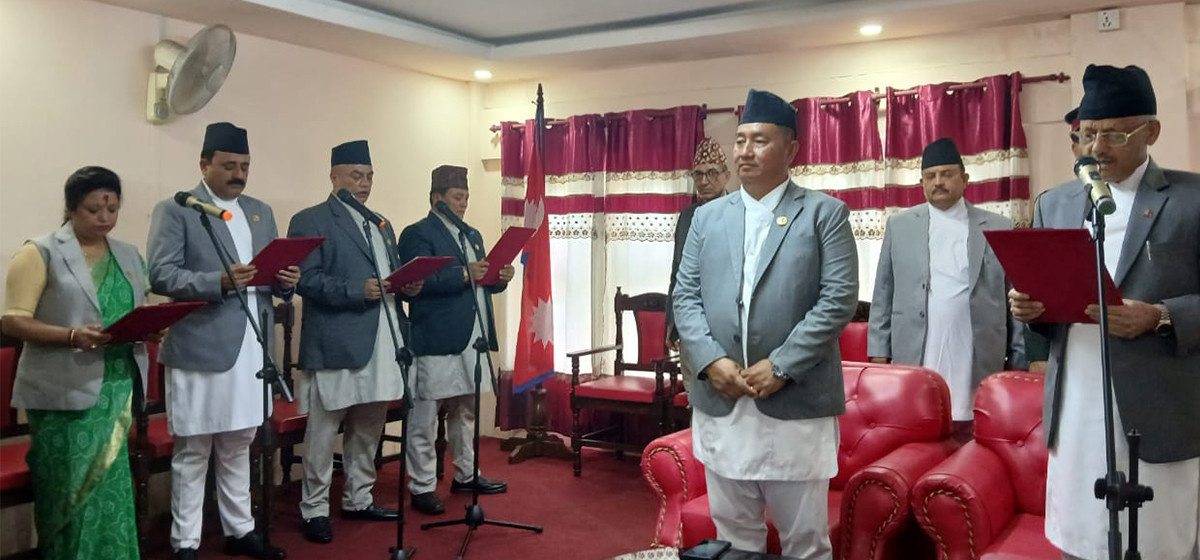

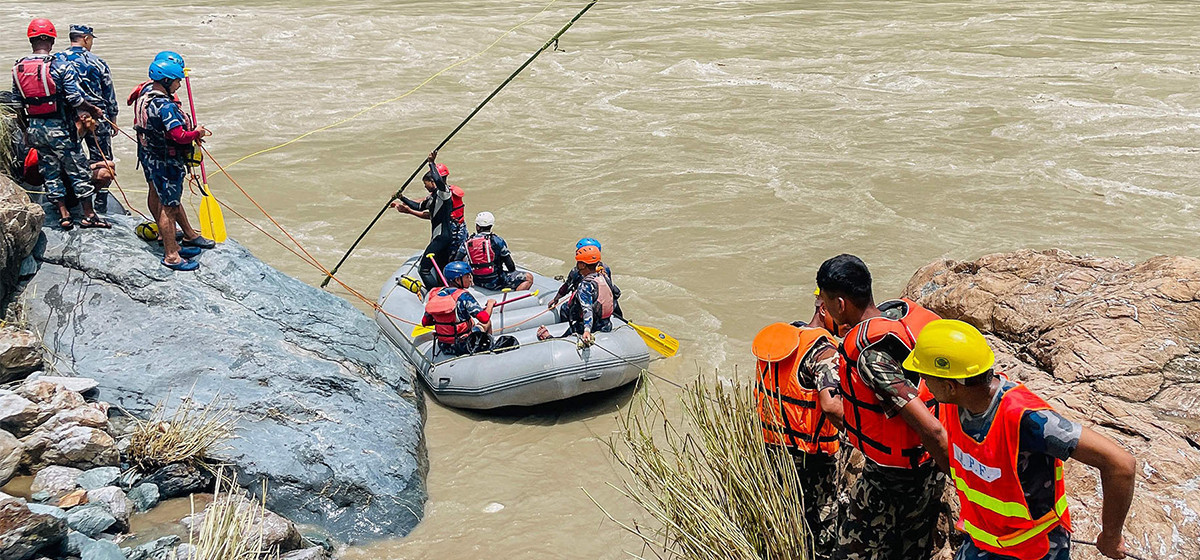
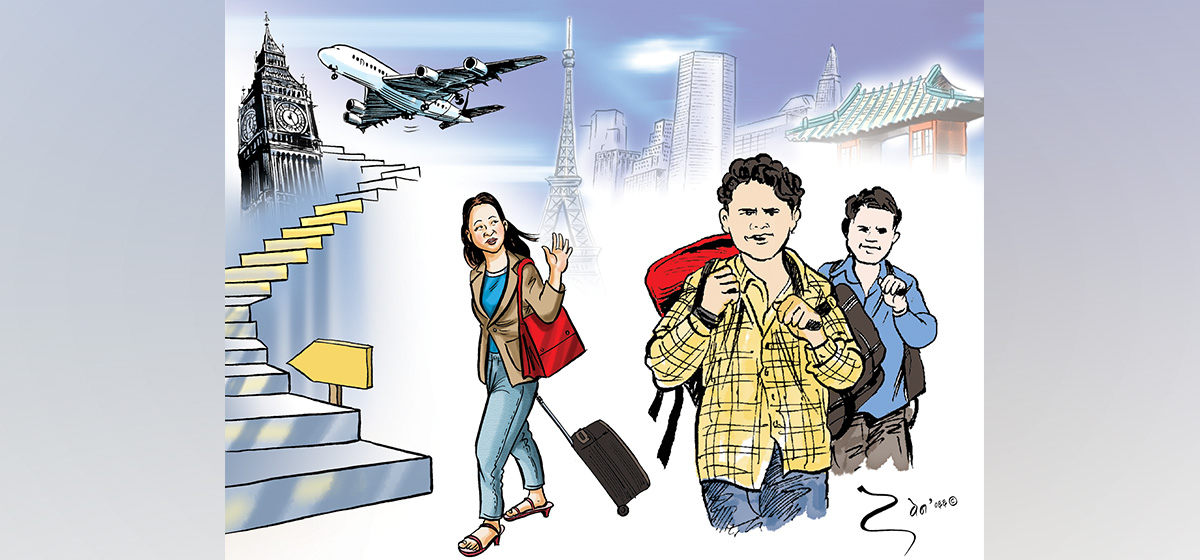
Leave A Comment